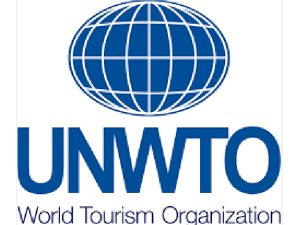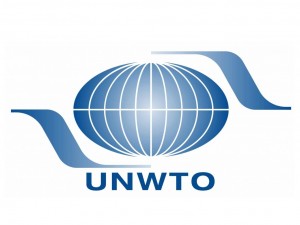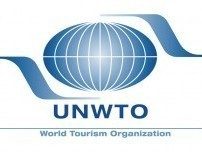According to the latest World Tourism Barometer by UN Tourism, the global tourism sector is poised for a full recovery by the end of 2024. In the first 9 months of the year, 1.1 billion international tourists travelled globally, marking a 98% return to pre-pandemic levels. Many regions have already exceeded 2019 arrival numbers, with international tourism receipts showing double-digit growth.
Read More »International tourist arrivals hit 1.4 billion in 2018, two years ahead of forecast: UNWTO
International tourist arrivals (overnight visitors) worldwide increased 6 per cent in 2018 to 1.4 billion, based on data reported by destinations around the world, according to the latest UNWTO World Tourism Barometer. Given the remarkable growth of international arrivals in recent years, the 1.4 billion mark has been reached two years ahead of UNWTO’s long term forecast issued in 2010. 2018 consolidates the very strong results of 2017 (+7%) and is the second strongest year since 2010. Middle East (+10%) and Africa (+7%) led growth, while arrivals to Asia and the Pacific and Europe (both +6%) increased in line with the world average. The Americas saw growth of 3%. Overall results were driven by a favourable economic environment and strong outbound demand from major source markets. Based on current trends, economic prospects and the UNWTO Confidence Index, UNWTO forecasts a growth of 3% to 4% in international tourist arrivals worldwide in 2019, more in line with the historical growth trends.
Read More »International tourism – strongest half-year results since 2010
Destinations worldwide welcomed 598 million international tourists in the first six months of 2017, some 36 million more than in the same period of 2016. At 6 per cent, growth was well above the trend of recent years, making the current January-June period the strongest half-year since 2010. Visitor numbers reported by destinations around the world reflect strong demand for international travel in the first half of 2017, according to the latest UNWTO World Tourism Barometer. Worldwide, international tourist arrivals (overnight visitors) increased by 6 per cent compared to the same six-month period last year, well above the sustained and consistent trend of 4 per cent or higher growth since 2010. This represents the strongest half-year in seven years. Results are underpinned by robust growth in many destinations and a continuation of the recovery in those that suffered declines in previous years. Of UNWTO regions, growth was strongest in the Middle East (+9 per cent), Europe (+8 per cent) and Africa (+8 per cent), followed by Asia and the Pacific (+6 per cent) and the Americas (+3 per cent). The first half of the year usually accounts for about 46% of total annual international arrivals, with the second half longer by three days and including the Northern Hemisphere high season months of July and August. Growth was strongest in the Middle East (+9 per cent), Europe (+8 per cent) and Africa (+8 per cent), followed by Asia and the Pacific (+6 per cent) and the Americas (+3 per cent). “The first half of 2017 shows healthy growth in an increasingly dynamic and resilient tourism market, including a strong recovery in some of the destinations impacted by security challenges last year,” said UNWTO Secretary-General Taleb Rifai ahead of the 22nd session …
Read More »Sustained growth in international tourism despite challenges
International tourist arrivals grew by 3.9% to reach a total of 1,235 million, according to the latest UNWTO World Tourism Barometer. Some 46 million more tourists (overnight visitors) travelled internationally last year compared to 2015. The year 2016 was the seventh consecutive year of sustained growth following the 2009 global economic and financial crisis. A comparable sequence of uninterrupted solid growth has not been recorded since the 1960s. As a result, 300 million more international tourists travelled the world in 2016 as compared to the pre-crisis record in 2008. International tourism receipts grew at a similar pace in this period (complete 2016 receipts results will be reported in May). “Tourism has shown extraordinary strength and resilience in recent years, despite many challenges, particularly those related to safety and security. Yet, international travel continues to grow strongly and contribute to job creation and the wellbeing of communities around the world”, said UNWTO Secretary-General Taleb Rifai. By region, Asia and the Pacific (+8%) led growth in international tourist arrivals in 2016, fuelled by strong demand from both intra- and interregional source markets. Africa (+8%) enjoyed a strong rebound after two weaker years. In the Americas (+4%) the positive momentum continued. Europe (+2%) showed rather mixed results, with double-digit growth in some destinations offset by decreases in others. Demand in the Middle East (-4%) was also uneven, with positive results in some destinations, but declines in others.
Read More » Tourism Breaking News
Tourism Breaking News



